Home>Furniture & Design>Bathroom Accessories>What Is A Toothbrush Made Of
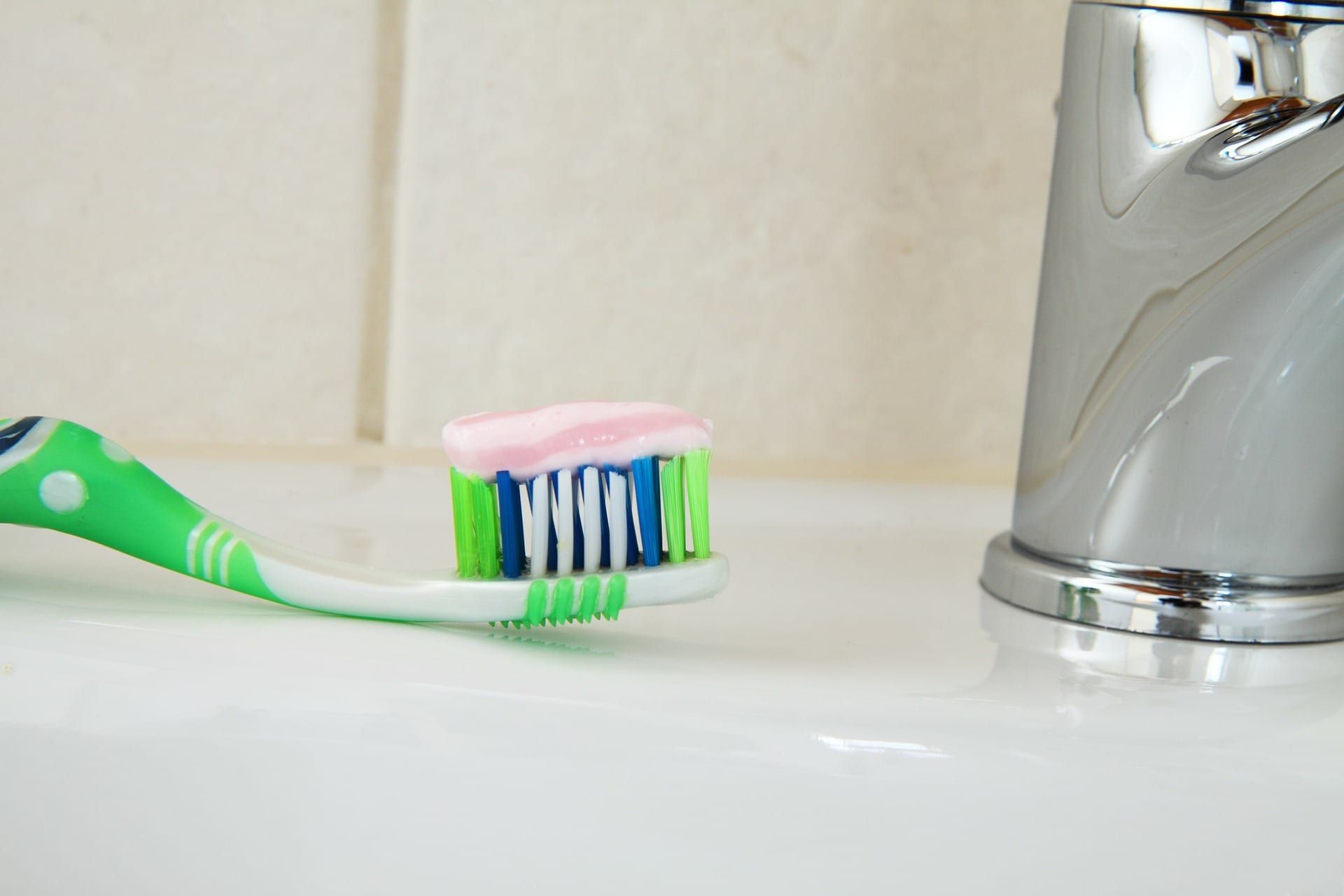

Bathroom Accessories
What Is A Toothbrush Made Of
Modified: February 18, 2024
Discover the materials used to make toothbrushes and their impact on the environment. Learn about sustainable options and eco-friendly bathroom accessories.
(Many of the links in this article redirect to a specific reviewed product. Your purchase of these products through affiliate links helps to generate commission for Storables.com, at no extra cost. Learn more)
Introduction
A toothbrush is a fundamental tool for maintaining oral hygiene, but have you ever wondered what it's made of? The composition of a toothbrush involves a combination of materials carefully designed to ensure effective cleaning and durability. Understanding the components of a toothbrush can provide insight into its functionality and help you make an informed decision when selecting the right one for your oral care routine.
The intricate design of a toothbrush encompasses various materials, each serving a specific purpose. From the plastic components that form the body to the bristles responsible for cleaning, every element plays a crucial role in the overall performance of the toothbrush. Additionally, the handle, rubber grips, and even metal components contribute to the functionality and ergonomic design of this everyday essential.
As we delve into the composition of a toothbrush, you'll gain a deeper appreciation for the thought and engineering that goes into creating this seemingly simple yet indispensable tool. Let's explore the materials that come together to form the toothbrush, shedding light on the innovative craftsmanship behind this everyday item.
Key Takeaways:
- Your toothbrush is made of durable plastic for the handle, neck, and head, with carefully designed nylon bristles. The ergonomic handle and rubber grips provide comfort and control for effective brushing.
- Metal components like ferrules and embellishments add durability and style to your toothbrush. Understanding its composition helps you choose the best one for a healthier smile.
Read more: What Are Toothbrush Bristles Made Of
Plastic Components
The plastic components of a toothbrush form the main body of the tool, providing the structure and framework for its functionality. Typically, toothbrushes are primarily composed of plastic materials, which are chosen for their durability, flexibility, and cost-effectiveness. The handle, neck, and head of the toothbrush are all crafted from various types of plastic, each serving a specific purpose in the overall design.
Handle
The handle of a toothbrush is commonly made from a sturdy, lightweight plastic such as polypropylene or polyethylene. These materials offer the necessary strength to withstand the forces exerted during brushing while remaining comfortable to hold. The ergonomic design of the handle is crucial for ensuring a firm grip and ease of maneuverability, allowing users to effectively clean their teeth without experiencing discomfort or slippage.
Neck
Connecting the handle to the head of the toothbrush, the neck is another essential plastic component. It is designed to provide flexibility and resilience, allowing for controlled movement of the brush head during use. This flexibility is vital for reaching all areas of the mouth and ensuring thorough cleaning without causing strain on the user's hand or wrist.
Head
The head of the toothbrush, where the bristles are attached, is typically made from a different type of plastic than the handle and neck. This plastic is carefully chosen to be both durable and gentle on the gums, as it comes into direct contact with the teeth and oral tissues during brushing. The design of the head is crucial for accommodating the bristles and facilitating effective cleaning of the teeth and gums.
The selection of plastic materials for these components is a result of extensive research and development aimed at creating a toothbrush that is not only functional but also comfortable and safe to use. The combination of these plastic elements forms a cohesive and reliable structure that enables the toothbrush to fulfill its primary purpose of maintaining oral hygiene.
Understanding the role of plastic components in a toothbrush provides valuable insight into the meticulous engineering and design considerations that contribute to the creation of this everyday essential. As we continue to explore the various materials that make up a toothbrush, we gain a deeper appreciation for the thought and innovation that underpin its construction.
Read more: What Is Cutlery Made Of
Bristles
The bristles of a toothbrush are arguably one of the most crucial components, as they directly facilitate the cleaning process. These small, slender filaments are strategically positioned on the head of the toothbrush to effectively remove plaque, food particles, and bacteria from the teeth and gums. The selection and arrangement of bristles play a pivotal role in ensuring thorough cleaning while safeguarding the delicate oral tissues.
Bristles are commonly made from nylon, a synthetic polymer known for its durability and flexibility. The nylon filaments undergo a meticulous manufacturing process to achieve the ideal texture and resilience required for efficient brushing. The bristles are carefully designed to be soft yet resilient, allowing them to bend and flex during brushing without causing damage to the enamel or gums.
To cater to diverse oral care needs, toothbrushes are available with varying bristle configurations, including soft, medium, and hard. Soft bristles are gentle on the gums and are suitable for individuals with sensitive teeth or gum recession. Medium bristles offer a balance between gentle cleaning and plaque removal, while hard bristles provide more aggressive cleaning for individuals with specific dental requirements.
In addition to the texture, the arrangement of bristles on the toothbrush head is strategically planned to optimize cleaning efficacy. Some toothbrushes feature angled bristle patterns to reach difficult-to-access areas, while others incorporate specialized bristle designs to massage the gums and promote circulation.
Furthermore, advancements in oral care technology have led to the development of specialized bristles with features such as tapered ends and polishing capabilities. Tapered bristles are designed to reach into narrow crevices and interdental spaces, ensuring comprehensive plaque removal, while polishing bristles contribute to a smoother tooth surface, enhancing the overall cleanliness and shine of the teeth.
The meticulous engineering and design of toothbrush bristles underscore the commitment to providing effective and gentle oral care solutions. By understanding the significance of bristles in the toothbrush composition, individuals can make informed choices when selecting a toothbrush that aligns with their specific oral care needs.
The evolution of toothbrush bristles reflects ongoing research and innovation in the field of oral hygiene, emphasizing the continuous pursuit of enhancing the effectiveness and comfort of this essential tool. As we recognize the intricate details behind the bristles, we gain a deeper appreciation for the dedication to oral health encapsulated within the design of a toothbrush.
Handle
The handle of a toothbrush is a critical component that significantly influences the overall user experience and effectiveness of oral hygiene. Crafted from sturdy yet lightweight plastic materials such as polypropylene or polyethylene, the handle serves as the foundation for the toothbrush, providing the necessary structural support and ergonomic design for comfortable and efficient use.
The ergonomic design of the handle is meticulously engineered to ensure a firm and comfortable grip, allowing users to maneuver the toothbrush with ease during brushing. This aspect is particularly crucial, as it directly impacts the individual's ability to maintain proper brushing technique and reach all areas of the mouth effectively. Whether it's the gentle curves, textured surfaces, or strategically placed grips, the handle's design is tailored to enhance control and maneuverability, promoting a thorough cleaning experience without causing discomfort or slippage.
Furthermore, the choice of plastic materials for the handle is driven by the need for durability and resilience. The handle must withstand the forces exerted during brushing without compromising its structural integrity. Additionally, the lightweight nature of the plastic contributes to the overall user comfort, preventing unnecessary strain on the hand and wrist during prolonged use.
The handle's length and width are also carefully considered to accommodate a wide range of hand sizes and brushing preferences. Whether it's a slender, elongated handle for precise control or a broader, contoured grip for enhanced stability, the design variations cater to diverse user needs, ensuring that individuals can find a toothbrush that aligns with their specific comfort and usability requirements.
Moreover, the handle serves as a platform for innovative features and enhancements that elevate the overall brushing experience. From built-in pressure sensors to indicate excessive force to customizable grip designs that cater to individuals with dexterity challenges, the handle is a canvas for integrating advanced technologies and user-centric solutions that prioritize oral health and convenience.
In essence, the handle of a toothbrush embodies a harmonious blend of functionality, comfort, and innovation. Its design and material composition reflect a commitment to optimizing the user experience while promoting effective oral hygiene practices. As individuals recognize the thought and engineering behind the handle, they gain a deeper appreciation for the meticulous craftsmanship that underpins this seemingly simple yet indispensable component of the toothbrush.
Rubber Grips
Rubber grips are a pivotal feature integrated into the design of modern toothbrushes, enhancing user comfort, control, and overall brushing experience. These specialized grips, often made from thermoplastic elastomers (TPE) or silicone materials, are strategically positioned on the handle to provide tactile support and prevent slippage during use.
The incorporation of rubber grips serves multiple purposes, with a primary focus on improving ergonomics and maneuverability. The tactile nature of rubber offers a non-slip surface, ensuring that the toothbrush remains securely held during brushing, even when wet. This feature is particularly beneficial for individuals with dexterity challenges or those seeking enhanced stability and control while maneuvering the toothbrush within the oral cavity.
Furthermore, rubber grips contribute to the overall comfort of the toothbrush, minimizing hand fatigue and discomfort during extended brushing sessions. The soft, cushioned texture of the grips provides a pleasant tactile sensation, promoting a more enjoyable brushing experience. Additionally, the presence of rubber grips encourages a relaxed and confident grip, fostering a sense of assurance and ease during oral care routines.
In addition to enhancing grip and comfort, rubber grips also serve as a visual and tactile differentiation on the toothbrush handle. The distinct texture and color contrast of the rubber grips create a recognizable and aesthetically pleasing design element, adding a touch of modernity and sophistication to the overall appearance of the toothbrush. This visual distinction not only contributes to the overall appeal of the toothbrush but also facilitates easy identification, especially in multi-user environments where each individual may have their own designated toothbrush.
Moreover, the presence of rubber grips reflects a commitment to user-centric design, catering to diverse preferences and needs within the oral care landscape. Whether it's individuals seeking enhanced control, seniors requiring additional grip support, or young children learning proper brushing techniques, the inclusion of rubber grips acknowledges the varied requirements of users and strives to provide a universally comfortable and accessible brushing experience.
In essence, the integration of rubber grips represents a thoughtful and purposeful enhancement in toothbrush design, aligning with the overarching goal of promoting effective and enjoyable oral hygiene practices. As individuals recognize the significance of rubber grips in optimizing the user experience, they gain a deeper appreciation for the meticulous attention to detail and user-centric innovation that underpin the creation of modern toothbrushes.
When choosing a toothbrush, look for one with soft bristles to avoid damaging your gums and enamel. The handle can be made of plastic or bamboo, and the bristles are typically made of nylon or natural materials like boar hair or bamboo charcoal.
Metal Components
While plastic materials form the primary structure of a toothbrush, metal components are strategically integrated to enhance durability, functionality, and aesthetic appeal. The inclusion of metal elements reflects a meticulous approach to engineering and design, elevating the overall performance and longevity of the toothbrush.
One of the key metal components found in many toothbrushes is the metal ferrule, which serves as a crucial connector between the handle and the head of the toothbrush. Typically made from aluminum or stainless steel, the ferrule provides structural reinforcement, ensuring the secure attachment of the bristle-bearing head to the handle. This metal component plays a pivotal role in maintaining the integrity of the toothbrush, especially during rigorous brushing movements, and contributes to the overall stability and longevity of the tool.
In addition to the ferrule, some toothbrush models incorporate metal staples or clips within the bristle attachment mechanism. These small yet resilient metal components further enhance the secure positioning of the bristles, preventing detachment or deformation during use. The use of metal staples or clips reinforces the reliability of the bristle arrangement, ensuring consistent and effective cleaning performance over the lifespan of the toothbrush.
Furthermore, certain toothbrush designs feature metal accents or embellishments on the handle, adding a touch of sophistication and visual appeal. These metal details, often crafted from stainless steel or chrome-plated materials, contribute to the aesthetic refinement of the toothbrush, creating a sense of elegance and modernity. Whether it's subtle metallic accents along the handle or intricately designed metal patterns, these embellishments elevate the overall design of the toothbrush, transforming it into a stylish and functional oral care accessory.
The integration of metal components in toothbrush construction underscores a commitment to durability, precision, and aesthetic enhancement. By incorporating resilient metal elements in strategic areas, toothbrush manufacturers aim to deliver a product that not only excels in performance but also exudes quality and craftsmanship. As individuals recognize the thoughtful inclusion of metal components in toothbrush design, they gain a deeper appreciation for the meticulous engineering and attention to detail that define this essential oral care tool.
The careful integration of metal components within the framework of a toothbrush exemplifies the harmonious fusion of materials and design principles, resulting in a reliable, durable, and visually appealing oral care essential. As we acknowledge the significance of metal elements in toothbrush construction, we gain a deeper understanding of the comprehensive approach taken to ensure the functionality, longevity, and aesthetic allure of this everyday tool.
Read more: What Are Blinds Made Of
Conclusion
In conclusion, the composition of a toothbrush encompasses a diverse array of materials meticulously engineered to optimize functionality, durability, and user experience. From the plastic components forming the body of the toothbrush to the specialized bristles, ergonomic handle, rubber grips, and strategic integration of metal elements, every aspect of the toothbrush reflects a dedication to innovation and oral care excellence.
The plastic components, including the handle, neck, and head, are crafted from resilient materials such as polypropylene and polyethylene, ensuring structural integrity and comfort during use. The careful selection of plastic materials underscores a commitment to durability, flexibility, and safety, providing users with a reliable and ergonomic tool for maintaining oral hygiene.
The bristles, made from nylon, are designed to achieve the ideal balance of softness and resilience, catering to diverse oral care needs while facilitating effective plaque removal and gentle cleaning. The strategic arrangement and specialized features of the bristles exemplify a commitment to precision and innovation, enhancing the overall cleaning efficacy and user comfort.
The handle, a pivotal component of the toothbrush, embodies a harmonious blend of functionality, comfort, and innovation. Its ergonomic design, choice of materials, and integration of advanced features reflect a user-centric approach aimed at promoting effective brushing techniques and enhancing the overall oral care experience.
The inclusion of rubber grips further enhances user comfort, control, and stability, catering to diverse preferences and needs within the oral care landscape. The tactile support provided by rubber grips underscores a commitment to inclusivity and accessibility, ensuring that individuals of all ages and abilities can benefit from a comfortable and secure brushing experience.
Moreover, the strategic integration of metal components, such as ferrules and embellishments, elevates the durability, stability, and aesthetic refinement of the toothbrush, showcasing a comprehensive approach to engineering and design.
As we unravel the intricate composition of a toothbrush, it becomes evident that every material and component serves a purpose in enhancing the effectiveness, comfort, and longevity of this essential oral care tool. The thoughtful integration of diverse materials reflects a commitment to innovation, user-centric design, and the pursuit of excellence in oral hygiene.
In essence, the toothbrush stands as a testament to the meticulous craftsmanship and engineering prowess dedicated to promoting oral health and well-being. By understanding the composition of a toothbrush, individuals can make informed choices when selecting a tool that aligns with their specific oral care needs, ultimately contributing to a healthier and more vibrant smile.
Frequently Asked Questions about What Is A Toothbrush Made Of
Was this page helpful?
At Storables.com, we guarantee accurate and reliable information. Our content, validated by Expert Board Contributors, is crafted following stringent Editorial Policies. We're committed to providing you with well-researched, expert-backed insights for all your informational needs.

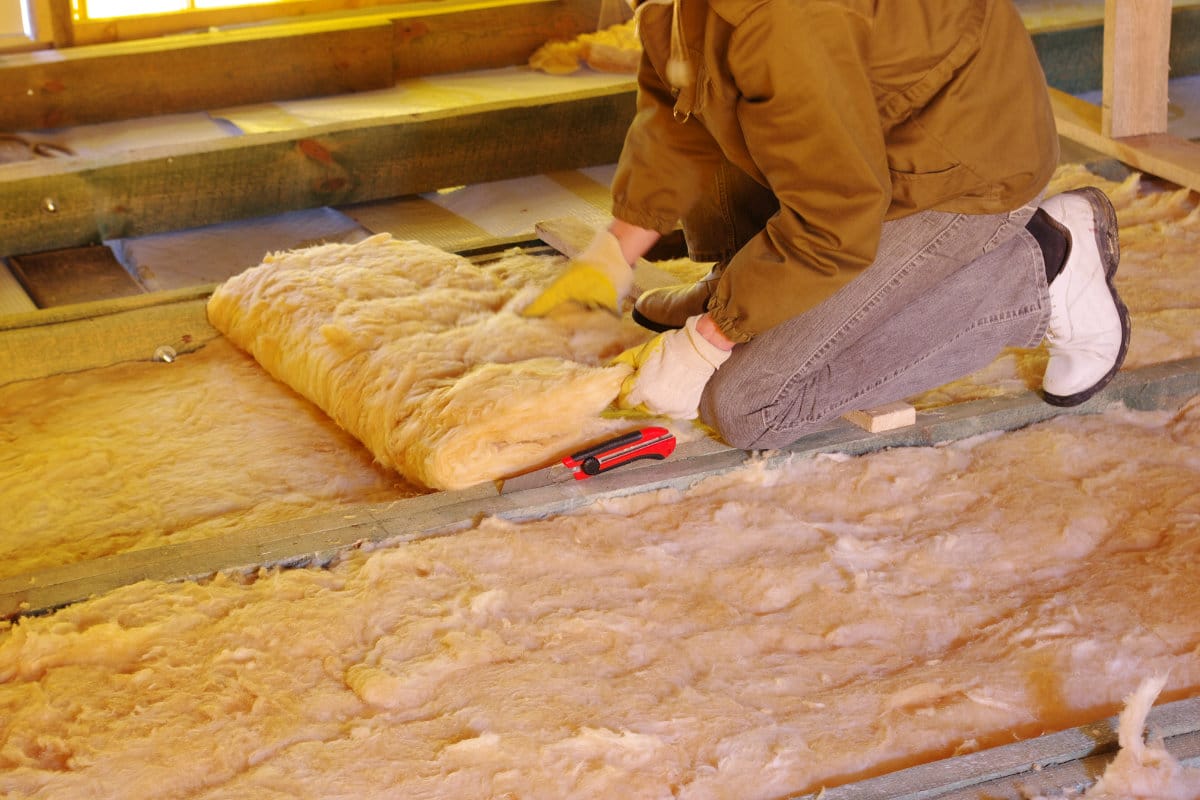
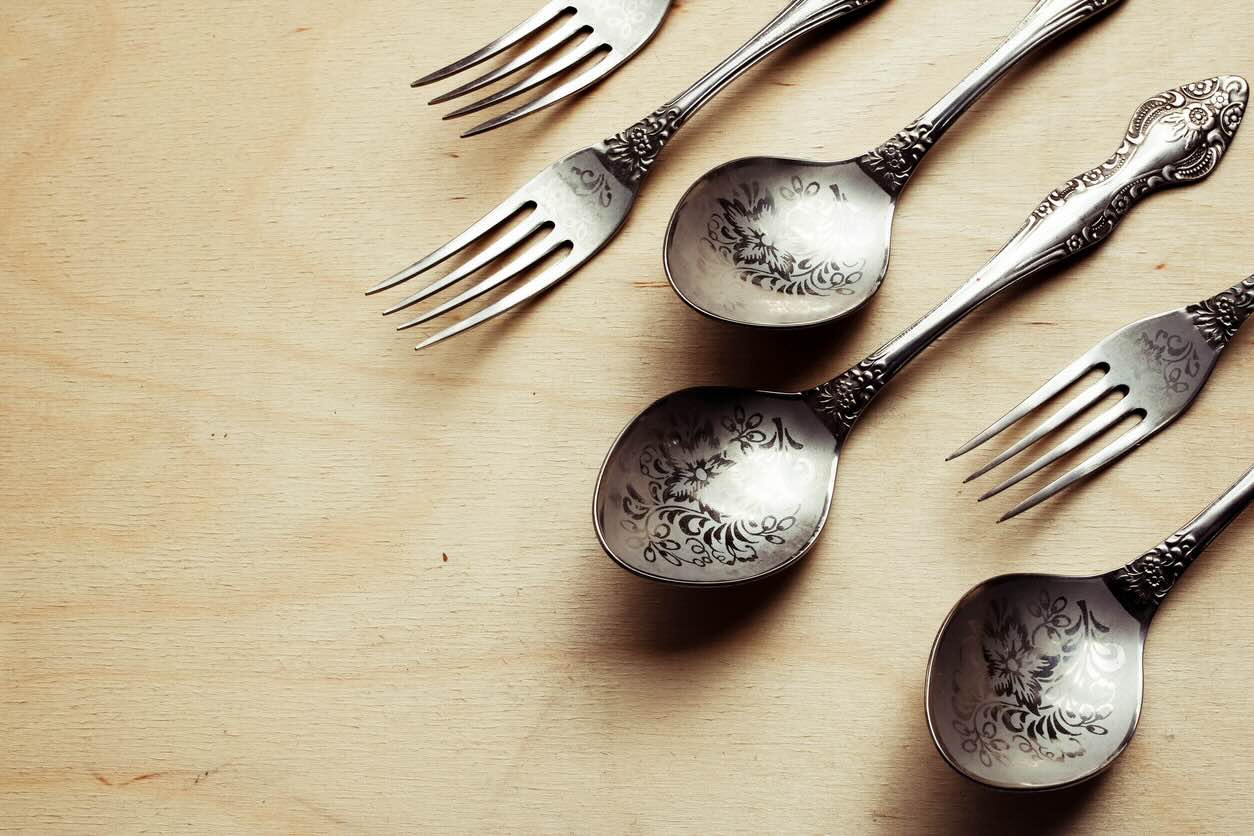
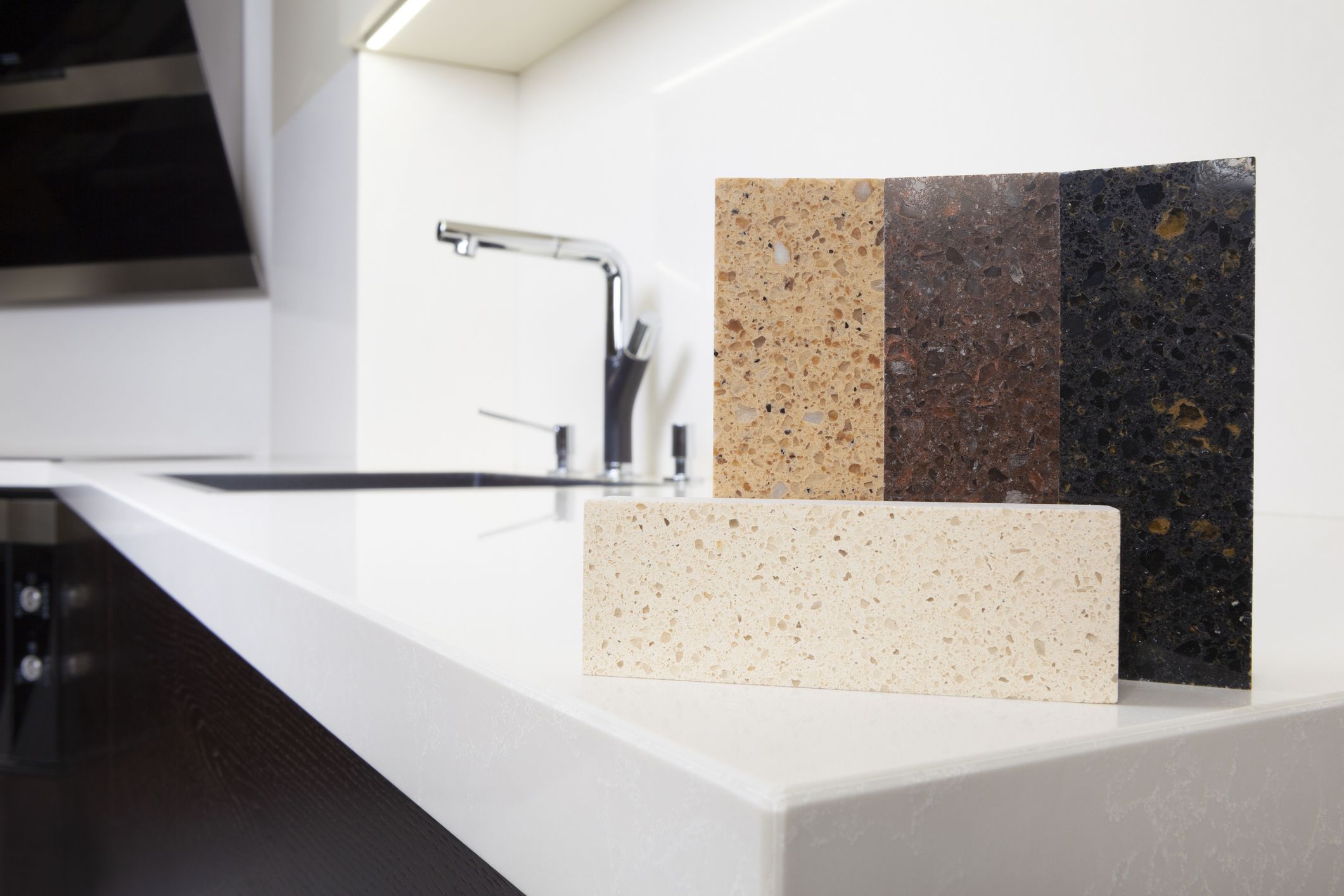



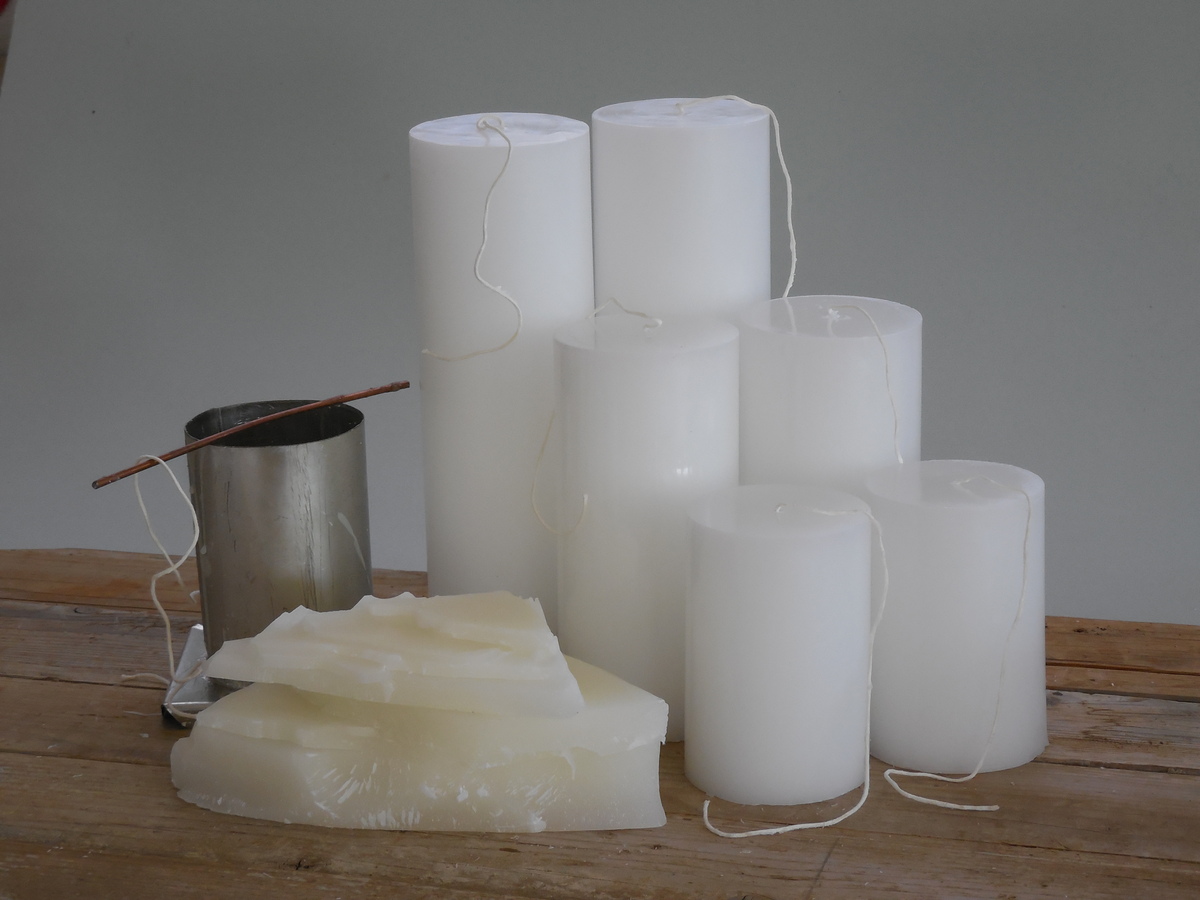

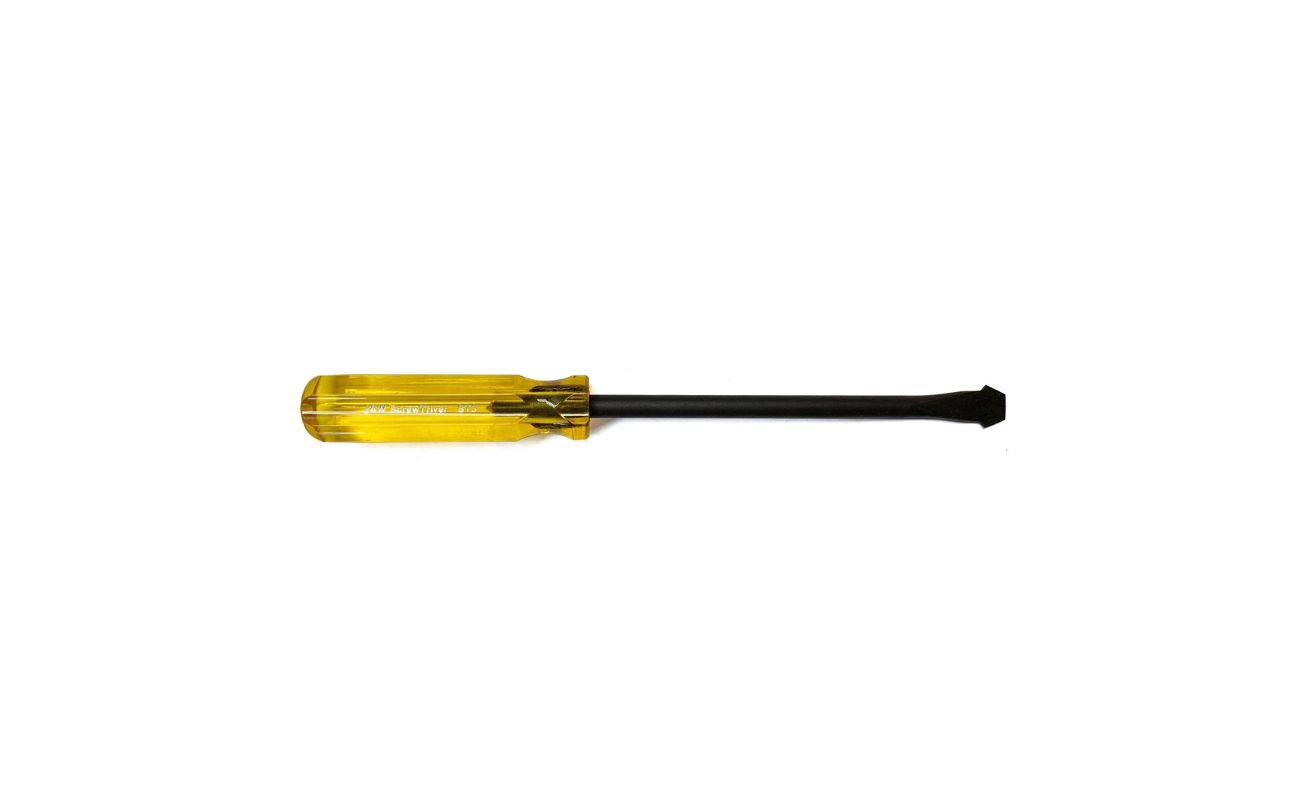


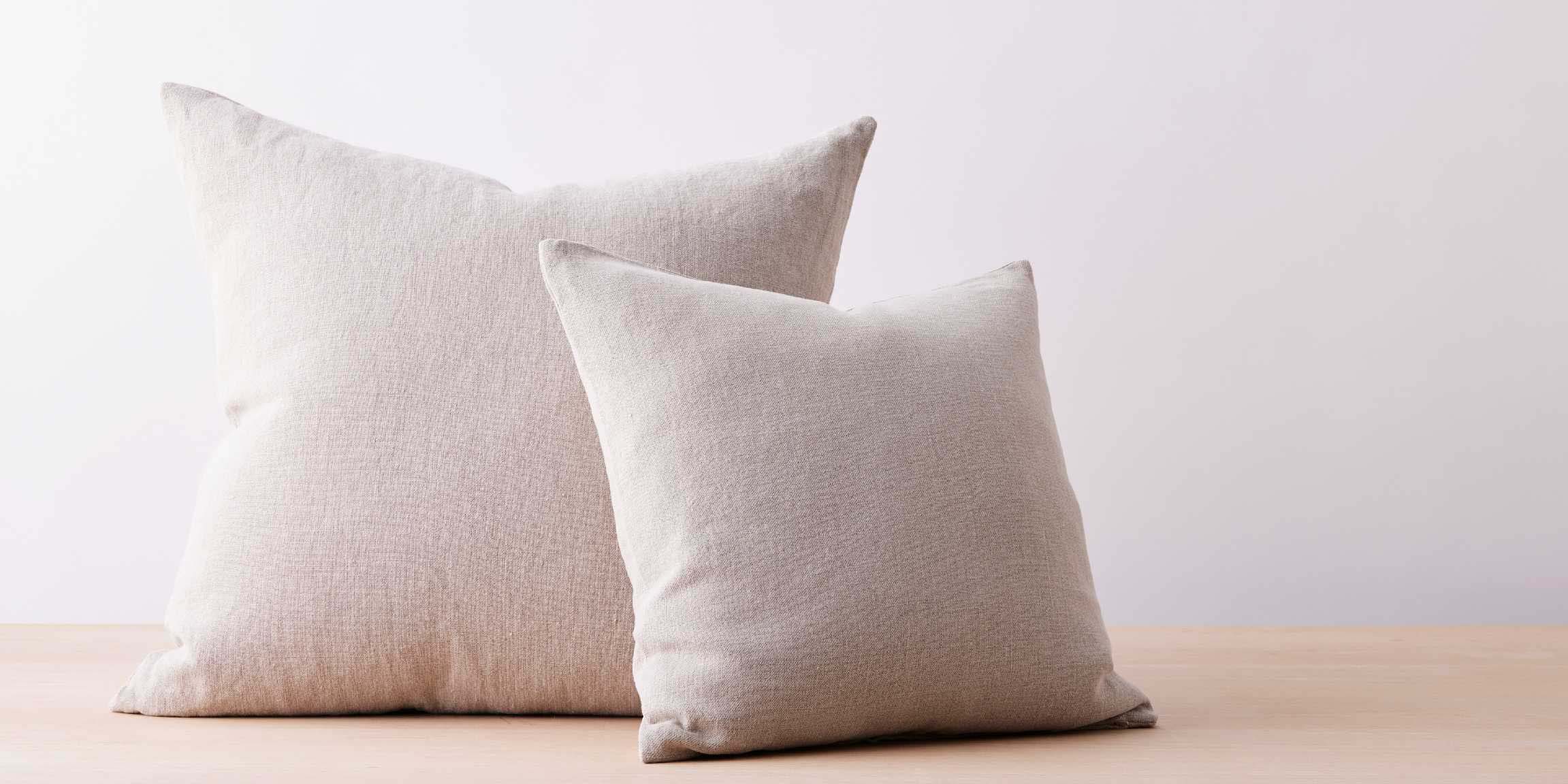

0 thoughts on “What Is A Toothbrush Made Of”